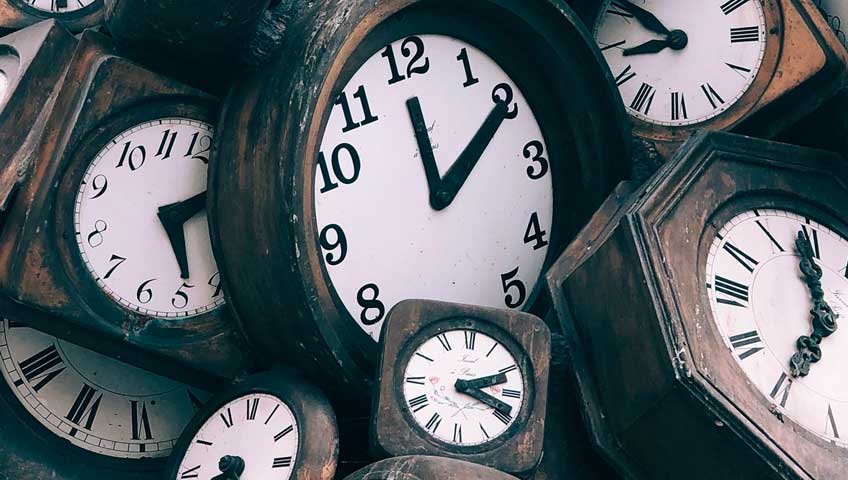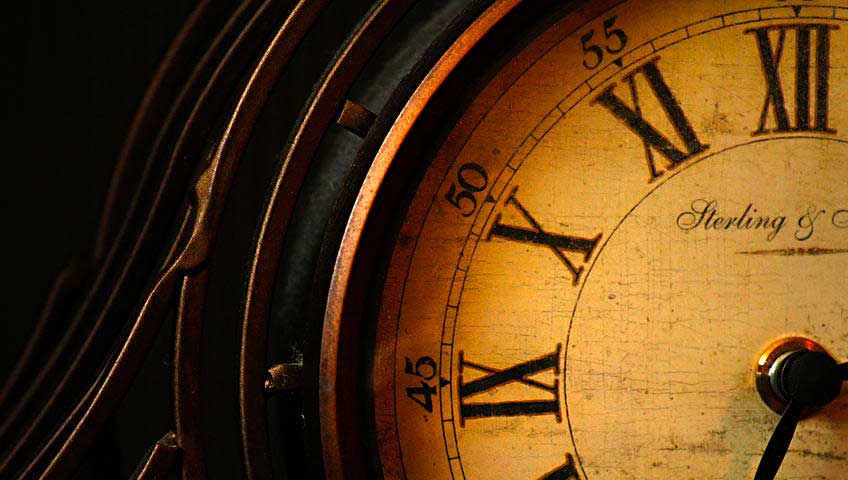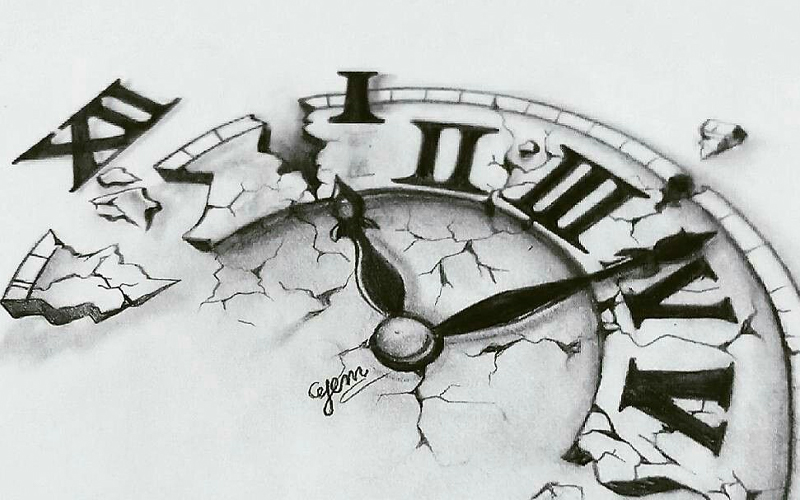Clocks have a fascinating history and come in various forms and designs. Here are some interesting facts and trivia about clocks:
- The Oldest Known Clock: The oldest known mechanical clock is the “water clock” or “clepsydra,” which dates back to ancient Egypt around 1500 BCE. It used the flow of water to measure time.
- The Sundial: Sundials, which use the position of the sun’s shadow to tell time, are one of the oldest timekeeping devices, dating back to ancient civilizations like the Egyptians and Greeks.
- Mechanical Clocks in Medieval Europe: Mechanical clocks with gears and escapements were developed in Europe during the 14th century. The Salisbury Cathedral Clock, built in 1386, is one of the oldest surviving mechanical clocks.
- The Pendulum Clock: In 1656, Dutch scientist Christiaan Huygens invented the pendulum clock, which greatly improved timekeeping accuracy. This innovation had a significant impact on various fields, including navigation.
- The Atomic Clock: Atomic clocks are incredibly precise and are used to define the official international time standard, Coordinated Universal Time (UTC). They rely on the vibrations of atoms, such as cesium or rubidium, to measure time. Atomic clocks can be accurate to within a few billionths of a second per day.
- The Doomsday Clock: The Bulletin of the Atomic Scientists introduced the Doomsday Clock in 1947 as a symbolic representation of the perceived level of global threats, particularly nuclear ones. The closer the clock is to midnight, the closer humanity is believed to be to a global catastrophe.
- Big Ben: The famous clock tower in London is often mistakenly referred to as “Big Ben.” However, Big Ben is the nickname of the Great Bell inside the tower, not the clock or the tower itself. The tower is officially known as the Elizabeth Tower.
- Clocks in Space: Astronauts aboard the International Space Station (ISS) experience 16 sunrises and sunsets each day due to the rapid orbit of the ISS around Earth. As a result, they rely on mission clocks that synchronize with Earth time to maintain a sense of day and night.
- The Swiss Clock Industry: Switzerland is renowned for its precision timepieces, and Swiss watchmaking is considered an art form. Swiss watchmakers produce some of the world’s most luxurious and accurate watches.
- World’s Largest Clock: The Abraj Al Bait Clock Tower in Mecca, Saudi Arabia, boasts one of the world’s largest clocks. Its clock face measures over 141 feet (43 meters) in diameter.
- The Hourglass: Before mechanical clocks, hourglasses were used to measure time. They consist of two glass bulbs connected by a narrow neck, with sand flowing from one bulb to the other. When all the sand had flowed, an hour had passed.
- Clock Museums: Clock enthusiasts and history buffs can explore numerous clock museums worldwide, such as the British Museum’s Clocks and Watches Gallery in London and the National Watch & Clock Museum in Columbia, Pennsylvania.
Clocks have played a crucial role in human history, from helping us navigate the seas to coordinating daily activities, and they continue to be an integral part of modern life, even in our digital age.
Interesting Facts About Clocks
Certainly! Here are some more interesting facts about clocks:
- World’s Oldest Clock Still in Operation: The Salisbury Cathedral Clock, built in 1386, is one of the oldest working clocks in the world. It has no face but strikes the hours.
- Rolex and Mount Everest: In 1953, Sir Edmund Hillary and Tenzing Norgay wore Rolex Oyster Perpetual watches when they became the first climbers to reach the summit of Mount Everest.
- The Cuckoo Clock Origin: Cuckoo clocks, known for their distinctive bird sounds, originated in the Black Forest region of Germany in the 18th century.
- The World’s Most Expensive Watch: The “Henry Graves Supercomplication,” a pocket watch made by Patek Philippe in 1933, sold for over $24 million in a 2014 auction, making it the most expensive watch ever sold.
- Wristwatches for Men: Wristwatches were initially considered feminine, and men typically used pocket watches until the early 20th century when they became popular for men during World War I due to their practicality in the field.
- The Clock of the Long Now: The Long Now Foundation is building a clock designed to run for 10,000 years. It’s located in a mountain in Texas and is designed to encourage long-term thinking and responsibility.
- The Swiss Watch Certification: The Swiss watch industry has strict regulations. To be labeled “Swiss Made,” a watch must contain a minimum of 60% Swiss components and undergo rigorous quality control.
- Clocks on Mars: The Mars Rovers, including the Opportunity and Curiosity rovers, have onboard clocks that keep track of time on the Red Planet. A day on Mars, known as a “sol,” is approximately 24 hours and 39 minutes.
- The Clock in the French Academy of Sciences: The French Academy of Sciences maintains an “eternal clock” designed by Louis-Breguet in 1814. It is wound once a year on New Year’s Day and is known for its remarkable accuracy.
- Clocks and GPS: The Global Positioning System (GPS) relies on atomic clocks aboard satellites to accurately calculate positions on Earth. Even tiny errors in the satellite clocks can result in significant positioning inaccuracies.
- The Great Clock of Westminster: The clock in the Elizabeth Tower (often mistakenly called Big Ben) in London, which chimes the famous “Big Ben” bell, is known for its accuracy. A team of clockmakers climbs the tower weekly to wind the clock and ensure its precision.
- The World’s Largest Collection of Clocks: The American Clock and Watch Museum in Bristol, Connecticut, houses one of the largest collections of timepieces in the world, featuring thousands of clocks and watches.
Clocks have a rich history and continue to be both functional timekeeping devices and symbols of human ingenuity and craftsmanship. They come in various forms and have played a significant role in our daily lives and various aspects of culture and technology.






